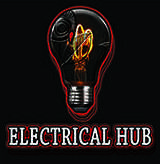Difference Between Schottky Diode and Fast Recovery Diode
When exploring the sector of electronics, there are plenty of diodes. Among these, Schottky diode and fast recovery diode are two important types. And those are the most typically used sorts. Therefore, to understand the difference between Schottky diode, and the fast recovery diode; is essential to pick the right thing for any utility.
